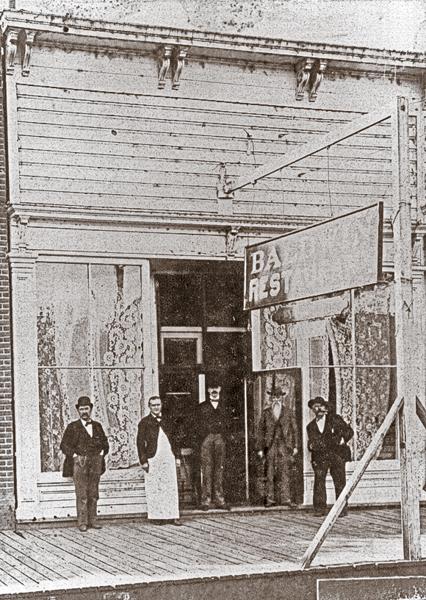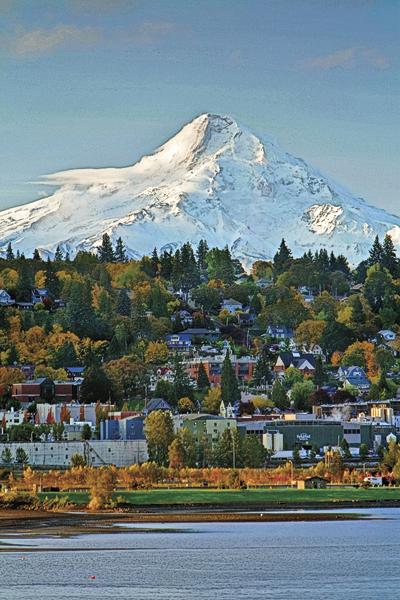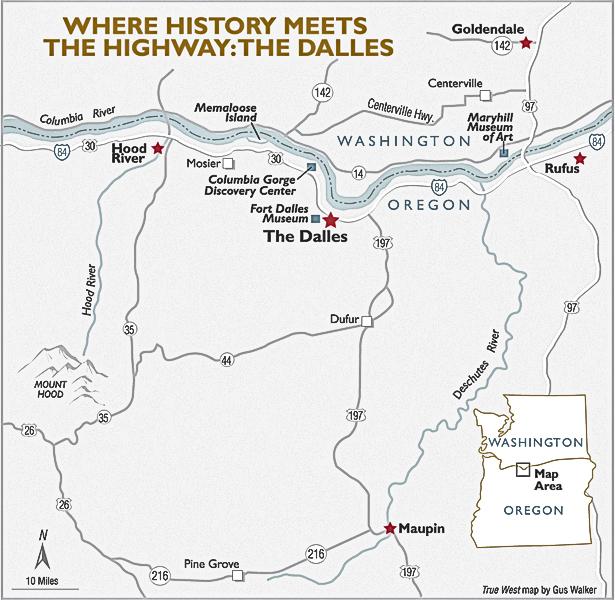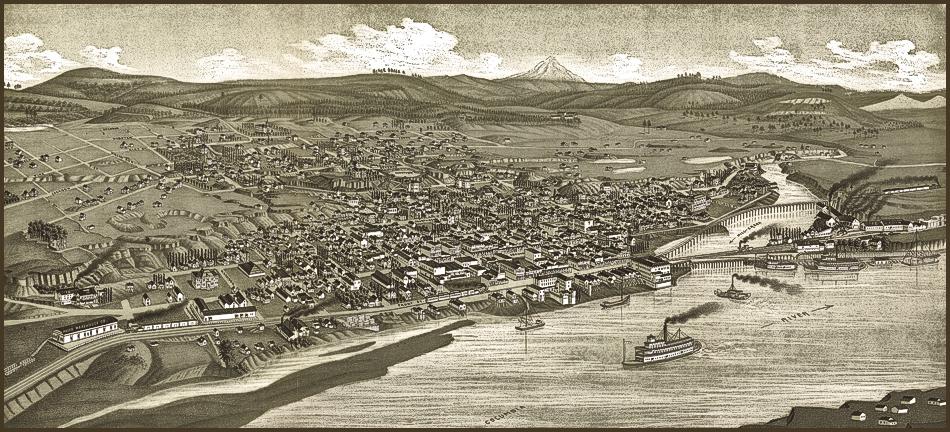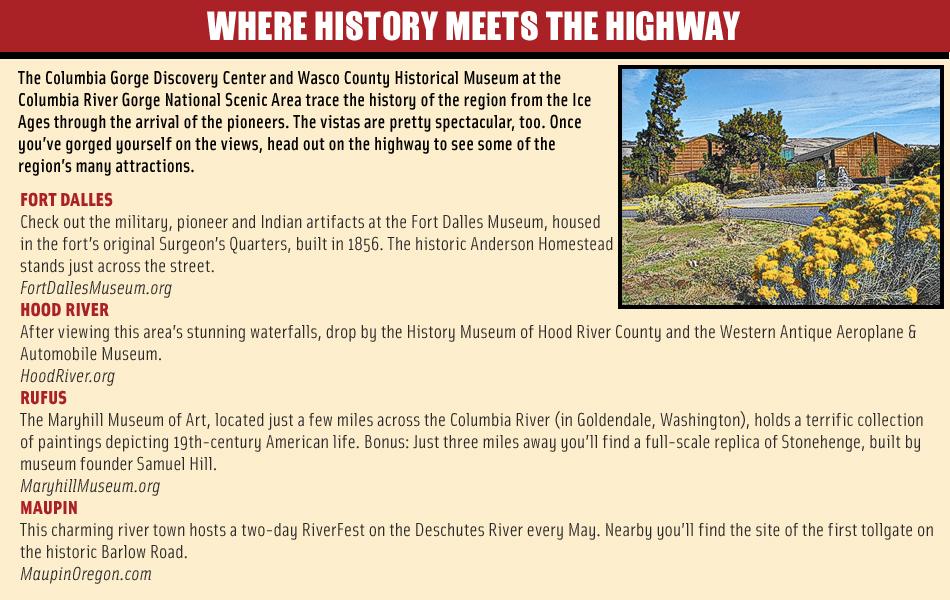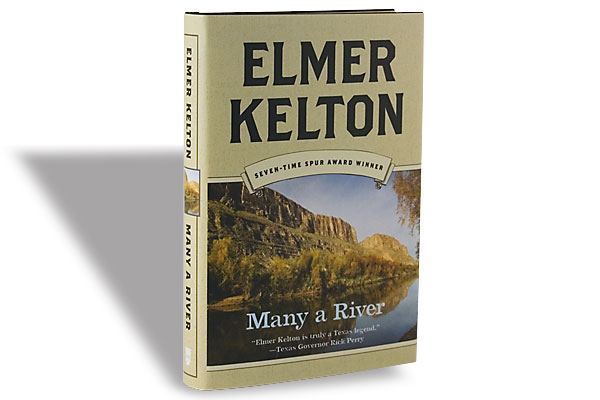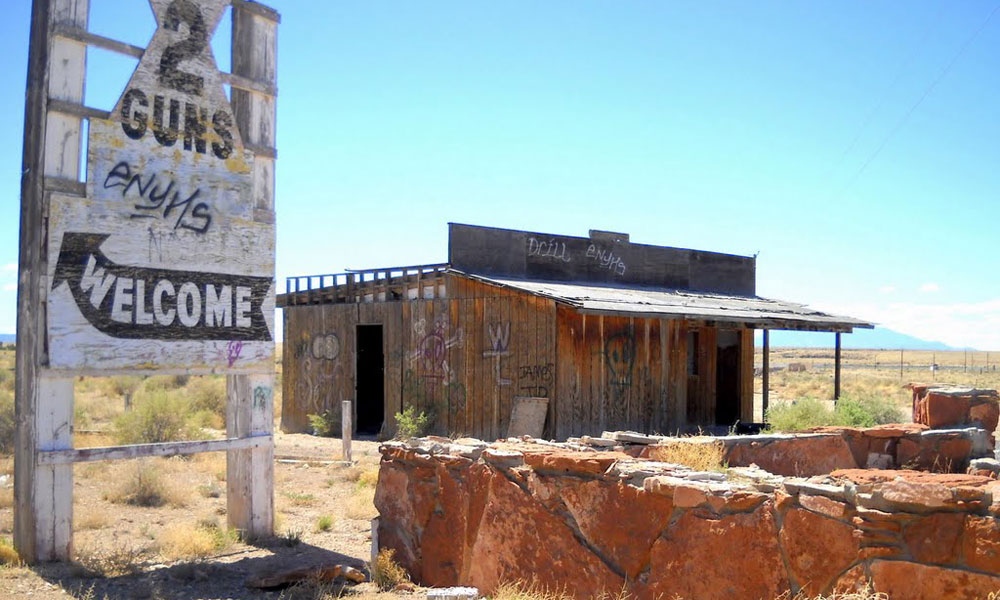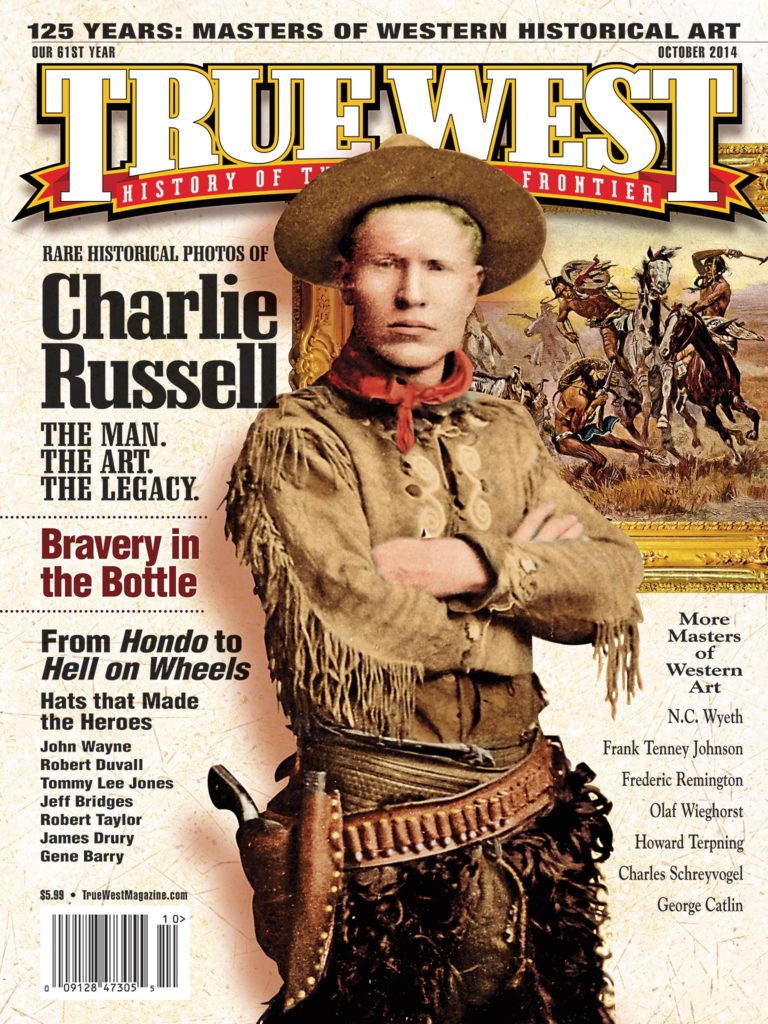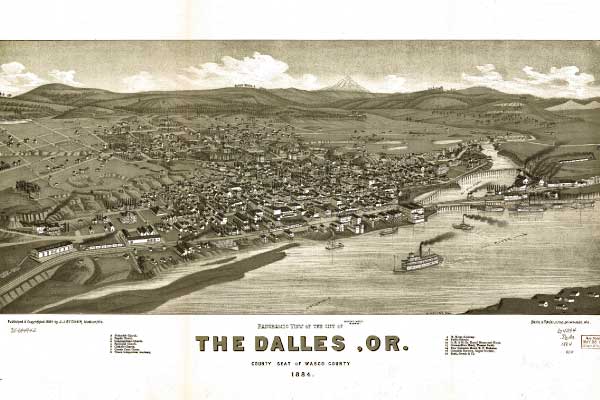 There were rules in Victor Trevitt’s saloon—no gambling, for one thing. No fighting, or even any rough talk. Drinking was allowed, of course, but not drunkenness. It’s no wonder the Mt. Hood Saloon was described as “an island in a sea of sin.”
There were rules in Victor Trevitt’s saloon—no gambling, for one thing. No fighting, or even any rough talk. Drinking was allowed, of course, but not drunkenness. It’s no wonder the Mt. Hood Saloon was described as “an island in a sea of sin.”
During the gold rush days of the 1860s, The Dalles, Oregon, was home to some 30 saloons, as well as who-knows-how-many brothels and gambling halls. Like boomtowns across the West, The Dalles was a rowdy, wide-open place.
But Trevitt was a gentleman, who’d come West with an uncle who fought in the Mexican-American War. Afterwards, he settled in The Dalles, where he became a successful businessman and respected member of the community. Even after he had moved to San Francisco, as he was dying of tuberculosis, he expressed his last wishes: “I have but one desire after I die, to be laid away on Memaloose Island with the Indians. They are more honest than whites and live up to the light they have. In the resurrection I will take my chances with the Indians.” Trevitt is the only white man buried on the island, which sits in the Columbia River a few miles downstream from The Dalles.
Until Sam Barlow built his toll road around Mt. Hood in 1846, The Dalles marked the end of the overland Oregon Trail. Without a road, emigrants had to risk running the rapids if they wanted to continue on to the Willamette Valley. It’s no wonder so many decided to stay.
Indians lived in the region for thousands of years, but its modern history began when William Clark and Meriwether Lewis stopped here in 1805. They called their camp “Rock Fort,” and liked it so well that they stayed there again on their return journey in 1806. Their campsite is now a part of The Dalles’ celebrated Riverfront Trail.
The town’s distinctive name comes from the French word dalle (“slab”), a reference to the flat rocks that looked like paving stones in this part of the Columbia River. Early fur traders called the area Le Grand Dalles de la Columbia. (The ancient Indian fishing grounds at Celilo Falls and nearby rapids were submerged when the Dalles Dam went into operation in 1957.)
Methodist missionaries established the Wascopam Mission near Pulpit Rock in 1838. Thousands of immigrants passed through the vicinity during the Great Migration of 1843, but the military didn’t move in until after the 1847 Whitman Massacre in Walla Walla, Washington. By 1848, volunteer militia members were manning the mission buildings; the U.S. Army founded a small post there in 1850. At first it was called Fort Drum, but it soon became known as Fort Dalles, an important base of operations during the Cayuse and Yakima Indian wars.
The area around the outpost exploded into Dalles City, a ragtag “town” of 10,000 or so settlers, soldiers, missionaries and prospectors, many of whom lived in tents. The city changed its name to Wascopam for a while, then back to The Dalles in 1860.
In 1876, brothers James and John Baldwin opened a saloon, which did a thriving business. In later years the building served as an office, a warehouse and even a storeroom for coffins. Mark and Tracy Linebarger restored the historic building in 1991 and reopened the Baldwin Saloon, esteemed by locals and tourists alike.
Another local favorite is the Sunshine Mill Winery, housed in “the only designated skyscraper” (seven stories) in the Columbia River Gorge. The Sunshine Mill was the first building in The Dalles to get electricity.
WHERE HISTORY MEETS THE HIGHWAY
The Columbia Gorge Discovery Center and Wasco County Historical Museum at the Columbia River Gorge National Scenic Area trace the history of the region from the Ice Ages through the arrival of the pioneers. The vistas are pretty spectacular, too. Once you’ve gorged yourself on the views, head out on the highway to see some of the region’s many attractions. TheDallesChamber.com/GorgeDiscovery.org
FORT DALLES
Check out the military, pioneer and Indian artifacts at the Fort Dalles Museum, housed in the fort’s original Surgeon’s Quarters, built in 1856. The historic Anderson Homestead stands just across the street. FortDallesMuseum.org
HOOD RIVER
After viewing this area’s stunning waterfalls, drop by the History Museum of Hood River County and the Western Antique Aeroplane & Automobile Museum. HoodRiver.org
RUFUS
The Maryhill Museum of Art, located just a few miles across the Columbia River (in Goldendale, Washington), holds a terrific collection of paintings depicting 19th-century American life. Bonus: Just three miles away you’ll find a full-scale replica of Stonehenge, built by museum founder Samuel Hill. MaryhillMuseum.org
MAUPIN
This charming river town hosts a two-day RiverFest on the Deschutes River every May. Nearby you’ll find the site of the first tollgate on the historic Barlow Road. MaupinOregon.com
John Stanley, the Arizona Wildlife Federation’s 2007 Conservation Media Champion, is a former travel reporter and photographer for The Arizona Republic.
Photo Gallery
– Courtesy Wasco County Pioneer Association –
– Courtesy The Dalles Area Chamber of Commerce –
– Library of Congress –


